15 Animal Tests That Feel Straight Out of a Horror Film
Movies have always played up the mad scientist trope, but real-life labs have carried out experiments that make fiction look like child’s play. While some were part of medical research, others drifted into ethically gray—or pitch-black—territory.
These animal tests actually happened, and though science was the goal, the results can feel like they belong in a horror script.
Mouse-Brained Robots Were Real

Credit: Youtube
Scientists once connected living rat brain cells to a robot in a laboratory in London. The cells, kept alive in a nutrient bath, sent signals through electrodes to steer the robot’s wheels. The goal was to study learning in living tissue, but watching a machine wander around with a rat’s brain at the helm felt dystopian.
Two Mice, One Bloodstream
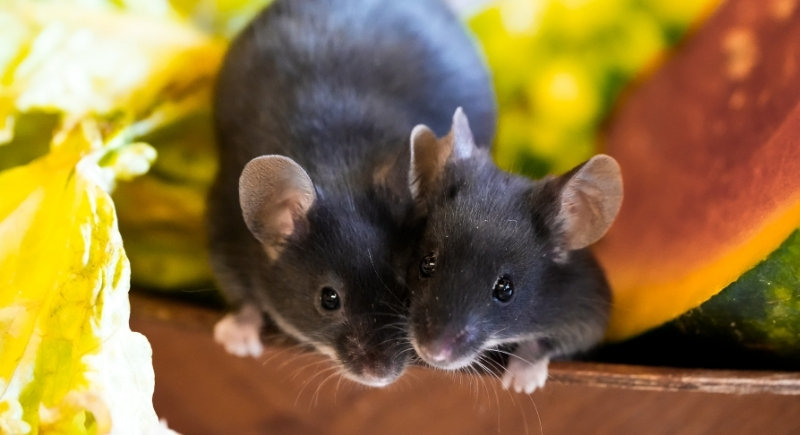
Credit: Canva
Parabiosis is an actual research method. At UCLA and the University of Virginia, scientists stitched pairs of live mice together, joining them at the skin and blood vessels. Their bodies literally merged and shared circulation for weeks. After that, researchers introduced infections to observe immune responses.
Virtual Reality Owl Chase

Credit: Youtube
At Northwestern University, scientists placed tiny goggles on mice and fed them a simulation of a swooping owl. The aim was to watch how their brains respond to fear in a VR environment. The mice ran on treadmills with their heads partially restrained. Sometimes, their eyes were removed after the experiment to examine their retinas.
Glow-in-the-Dark Dogs
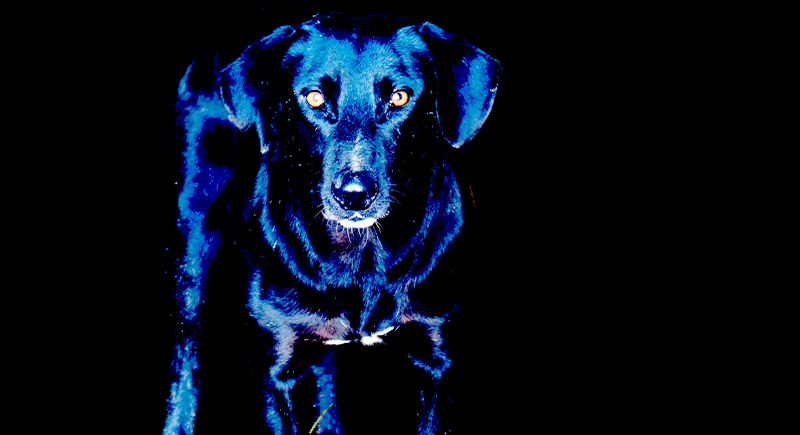
Credit: iStockphoto
South Korean researchers genetically modified beagles to glow green under UV light to demonstrate control over gene expression and potentially aid in the development of future therapies. Still, the idea of glowing beagles sounds like a discarded sci-fi idea.
Forced Owl Viewing Sessions
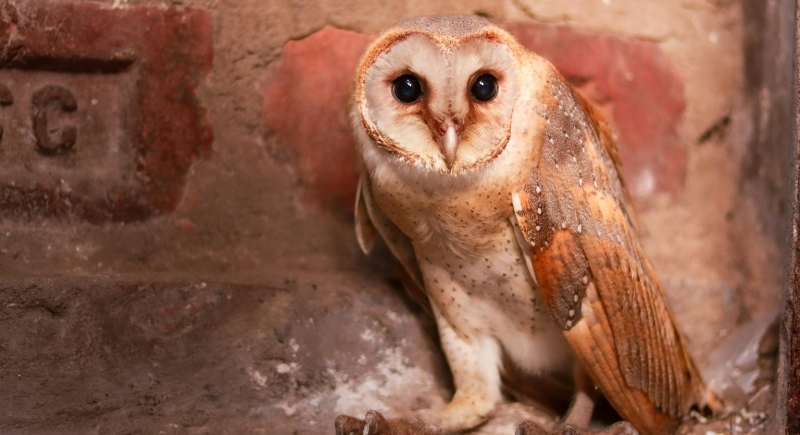
Credit: pexels
Barn owls were kept in tight tubes so they couldn’t flap their wings at Johns Hopkins University. Their skulls were opened, electrodes inserted, and their eyes clamped open. Then came the light and sound bombardments, which lasted up to 12 hours, helping researchers understand how the brain selects what to attend to when bombarded by multiple sensory inputs (such as vision and sound). Once the owls were no longer “useful,” they were discarded.
Ants Wired for Fear
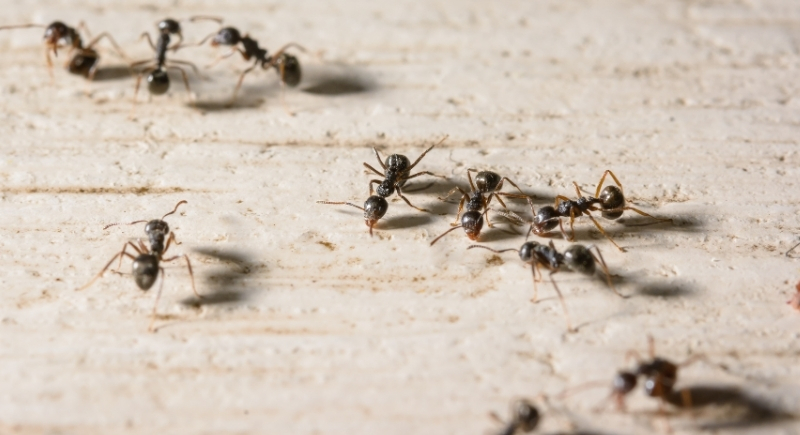
Credit: Getty Images
Tiny ants became big subjects in a Rockefeller University study. Researchers genetically modified them so certain neurons lit up when the insects were alarmed. They then restrained the ants and recorded glowing neural activity during exposure to threatening odors. The price tag was over $1 million in funding.
Monkey Fight Club
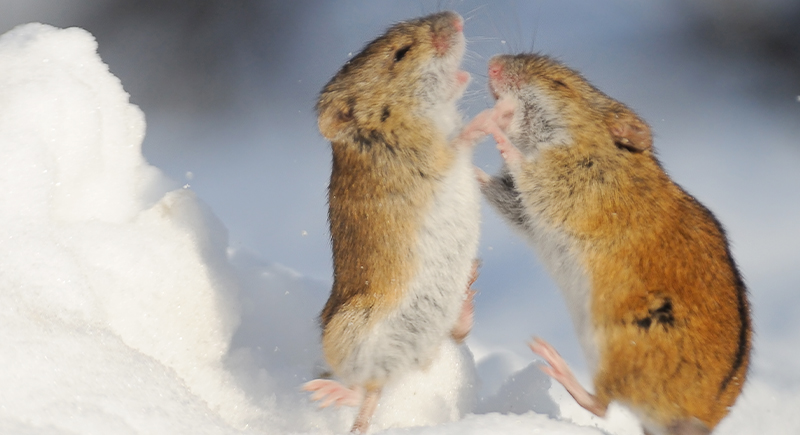
Credit: iStockphoto
At NYU, researchers implanted devices into mice’s brains, then paired larger ones with smaller ones and let them battle it out. The team recorded brain activity while the weaker mice were attacked. It was dubbed “Mouse Fight Club” by critics, though the experiment got over a million dollars in funding.
Turkey Romance Research
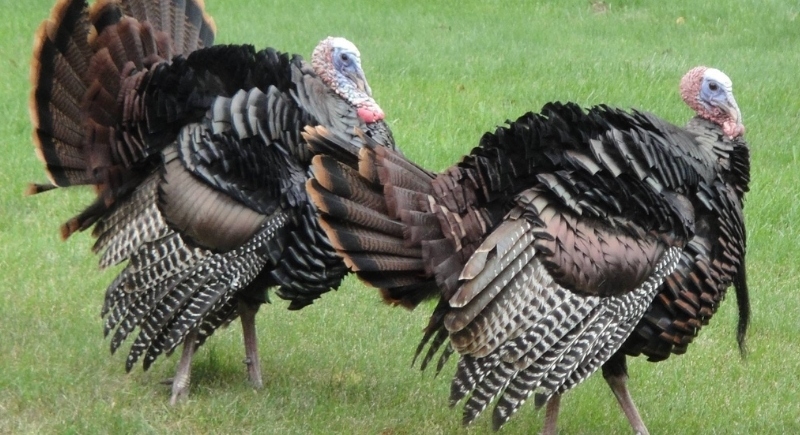
Credit: Getty Images
In the 1960s, researchers at Penn State tested how little of a female turkey model it would take to elicit a response from a male. Piece by piece, they removed body parts. Legs gone? Still interested. Wings off? No problem. When all that remained was a head on a stick, the males still tried to mate.
Drugged-Up Spiders Can’t Weave
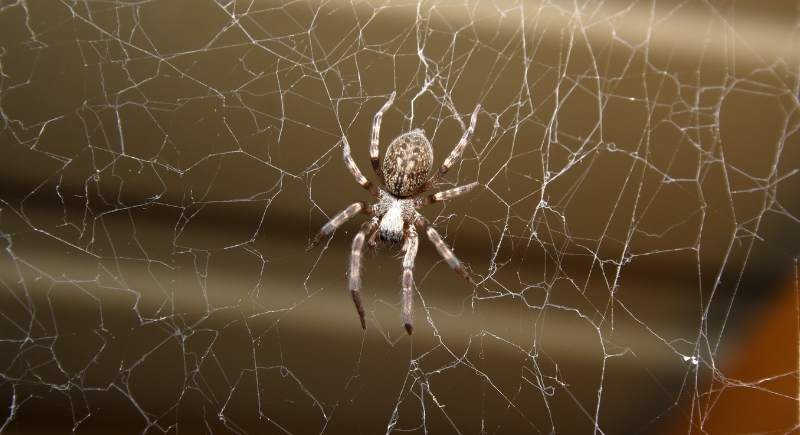
Credit: Getty Images
NASA’s experiments on spiders and recreational medicine offered a weird peek into arachnid behavior. After being given doses of substances like caffeine and other stimulants, spiders spun webs that reflected their altered states. The caffeinated spider’s web was chaotic and incomplete. The one on LSD made a strangely symmetrical design.
Mice On Heated Plates
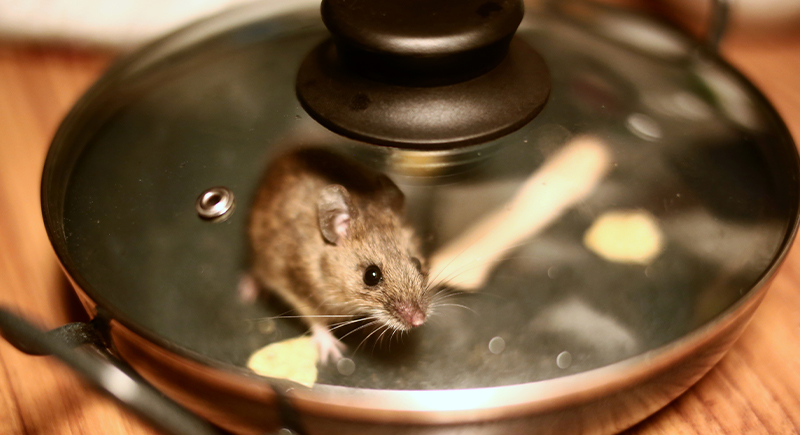
Credit: iStockphoto
At UCLA, panic studies involved placing mice on hot surfaces or in cages with larger, more aggressive rats. Some were also exposed to carbon dioxide. Electrodes in their brains measured activity as they tried to escape. Once the data was collected, the mice were euthanized and dissected.
Sleep-Deprived Prairie Voles
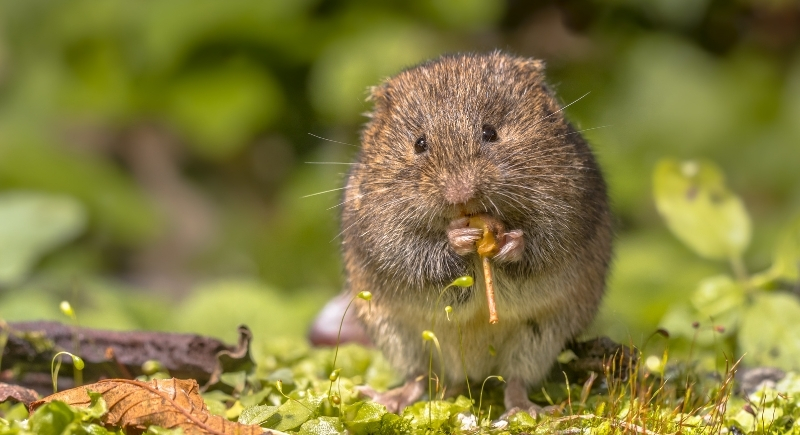
Credit: Getty Images
To study social behavior, researchers at the University of Michigan kept prairie voles awake by shaking their cages repeatedly throughout the night. Afterward, they ran them through foot shock tests and even gave them drinks to see how they responded.
Schizophrenia In Baby Monkeys
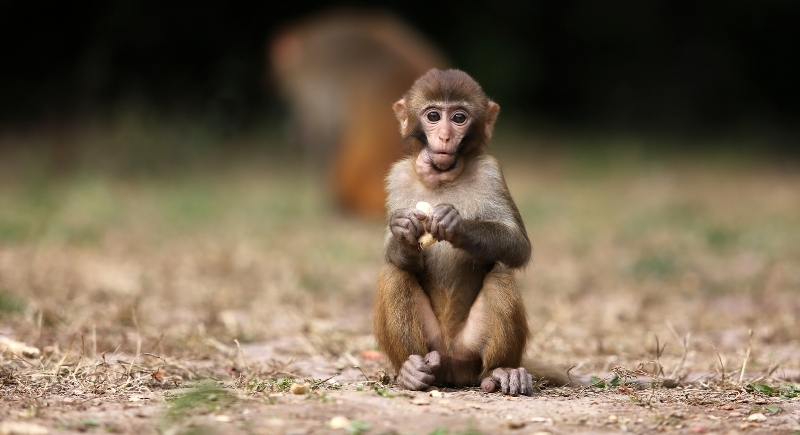
Credit: Getty Images
At UC Davis, pregnant monkeys were injected with substances designed to mimic infection. The babies born to these mothers were then tested for behaviors linked to schizophrenia and autism. After just a few years, they were targeted and their brains studied.
The Vacanti Mouse With a Human Ear
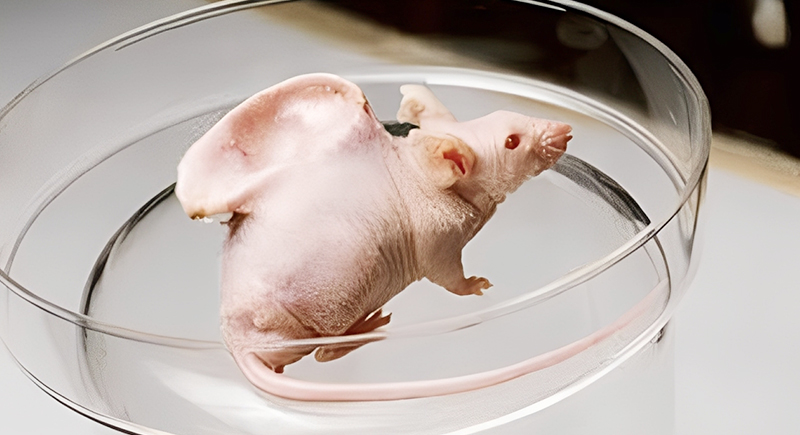
Credit: Wikimedia Commons
The image made headlines in the 1990s: a lab mouse with what appeared to be a human ear growing on its back. In reality, it was cartilage molded into an ear shape, grown using biodegradable scaffolding and human cells. The mouse wasn’t genetically modified—it was more of a living mold.
Drilling Monkeys’ Skulls for Juice
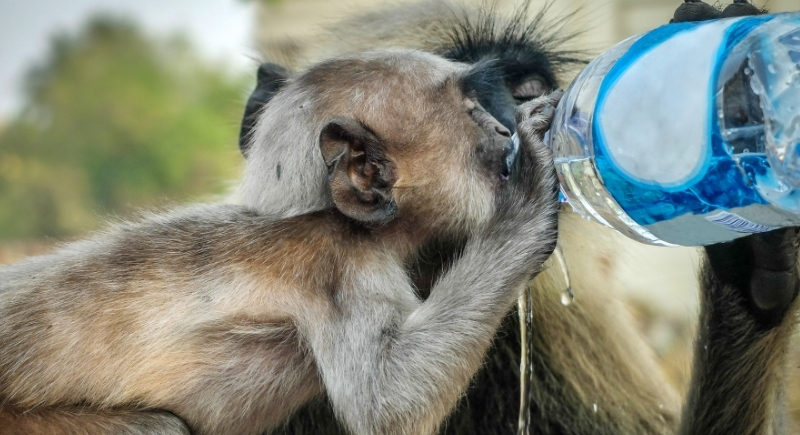
Credit: Getty Images
Washington University researchers inserted electrodes into the brains of monkeys, then deprived them of water. The monkeys performed tasks in exchange for drops of juice, while scientists observed their risk-based decision-making. The whole process raised concern, not just because of the brain implants, but because the “reward” was basically hydration.
Bat Brains and Night Chatter
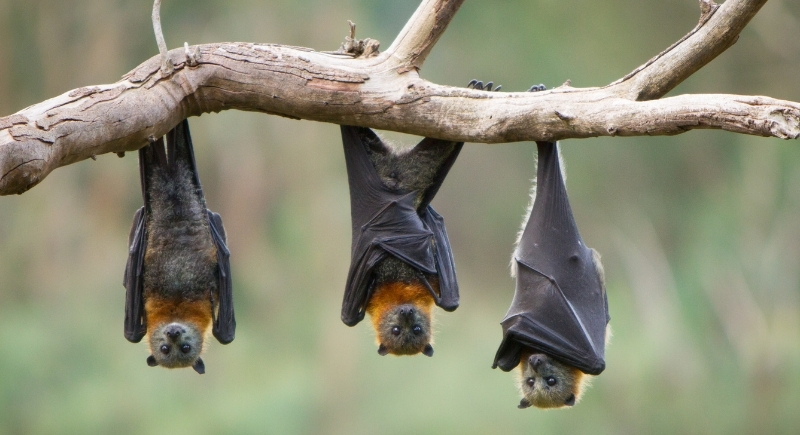
Credit: Getty Images
Over at UC Berkeley, scientists opened the skulls of fruit bats to implant electrodes and record brain activity during communication. The work was framed as a way to understand social behavior, but it involved major surgery on delicate animals with very little payoff for actual mental health research.